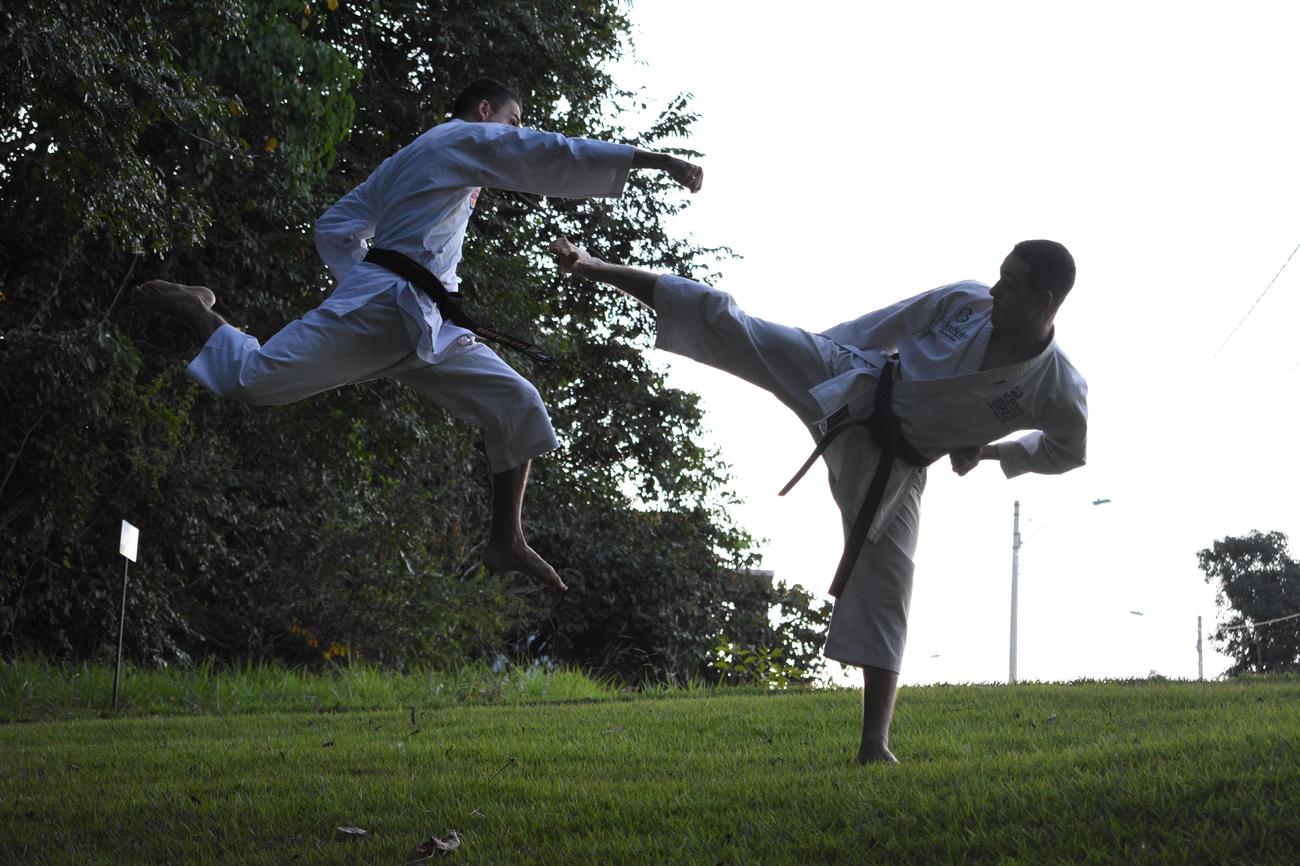Are you ready to embark on a thrilling journey through the ages, tracing the ancient roots and fascinating evolution of Taekwondo? If you’ve ever marveled at the grace, power, and precision of this Korean martial art, then you’re in for a treat. In this article, we’ll delve deep into the captivating history of Taekwondo, unearthing its origins and exploring how it has shaped the world of combat sports. Get ready to be swept away by a tale of discipline, culture, and unparalleled physical prowess. So, fasten your seatbelts, as we unravel the mystique surrounding the dynamic discipline known as Taekwondo.

Taekwondo History
Taekwondo, also known as “the way of the foot and fist,” is a Korean martial art with a rich and vibrant history. This ancient combat style has evolved over centuries and has become not only a powerful self-defense system but also an internationally recognized sport. To truly understand the origins and development of Taekwondo, we need to delve deep into its historical roots.
The early history of Taekwondo can be traced back over 2,000 years ago, when the Korean peninsula was home to various indigenous martial arts forms. During the period from 600 AD to 1400 AD, Korea saw the rise of martial arts styles such as Subak and Taekkyon. These disciplines focused on strikes, kicks, and grappling techniques, laying the foundation for what would later become Taekwondo.
It is worth noting the influence of Buddhist monks during this time. They played a significant role in infusing spirituality into Korean martial arts. For them, fighting was not only a means of physical combat but also a form of meditation and self-discipline. The monks’ philosophy of harmony and balance greatly influenced the development of Taekwondo.
However, in 1909, Taekkyon, one of the prominent martial arts forms in Korea, faced a ban, which lasted until 1945. During this period, all forms of Subak and Taekkyon were prohibited by the Japanese occupiers. This ban interrupted the progression of martial arts in Korea and suppressed their cultural significance.
After the liberation of Korea in 1945, martial arts schools started to reemerge and teach their unique styles. This led to the development of various martial arts schools, known as Kwans, which each had their own emphasis and techniques. The diverse Kwans eventually merged in 1955, forming the Korea Taekwondo Association, and Taekwondo was officially recognized as a separate martial art.
Highlight:
“The early history of Taekwondo can be traced back over 2,000 years ago, when the Korean peninsula was home to various indigenous martial arts forms.”
In 1966, the International Taekwon-Do Federation (ITF) was established to promote and regulate Taekwondo internationally. This organization aimed to standardize techniques and rules within the martial art. With the creation of the ITF, Taekwondo began to gain recognition and popularity worldwide.
The true turning point for Taekwondo came in the year 2000 when it was introduced as an official Olympic sport. Through its inclusion in the Olympics, Taekwondo gained an even larger global audience and further solidified its status as a respected martial art and competitive sport.
Today, Taekwondo is practiced by millions of people worldwide, from dedicated martial artists to those seeking a physically challenging activity. It is not only known for its high, fast kicks and jumping and spinning techniques but also for its focus on discipline, self-control, and respect. Taekwondo practitioners strive to embody the core tenets of the martial art, which include integrity, perseverance, and indomitable spirit.
Highlight:
“In 1966, the International Taekwon-Do Federation (ITF) was established to promote and regulate Taekwondo internationally.”
In conclusion, the history of Taekwondo is a testament to the resilience and spirit of the Korean people. From its ancient origins to its modern-day prominence, Taekwondo has evolved into a martial art that embodies both physical prowess and spiritual enlightenment. Its journey from a banned martial art to an Olympic sport exemplifies the enduring legacy of Taekwondo and its impact on global combat sports.
Remember:
“The history of Taekwondo is a testament to the resilience and spirit of the Korean people.”
When it comes to the martial art of Taekwondo, have you ever wondered about its origins? Well, you’re in luck because we have the answer for you. Taekwondo was invented in Korea, but do you know when exactly? If you’re curious to learn more about the origins of this popular martial art, click here to find out!

FAQ
Question: What does the name “Taekwondo” translate to?
Answer: The name “Taekwondo” translates to “the way of the foot and fist.”
Question: How long has Taekwondo been practiced?
Answer: The early history of Taekwondo can be traced back over 2,000 years ago.
Question: What forms of martial arts were practiced in Korea before Taekwondo?
Answer: From 600 AD to 1400 AD, Korea saw the development of martial arts forms such as Subak and Taekkyon.
Question: When was Taekkyon banned in Korea?
Answer: Taekkyon, a form of martial arts, was practiced in Korea until 1909 when it was banned.
Question: When did Taekwondo become an official martial art?
Answer: In 1955, the Korea Taekwondo Association was formed, and Taekwondo was officially recognized as a separate martial art.















